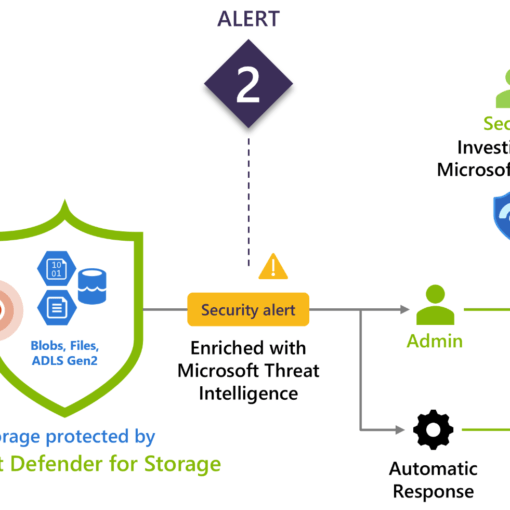
In the competitive landscape of today’s digital economy, managing costs effectively is paramount for businesses leveraging cloud services. The Cost Optimisation Pillar of the Azure Well-Architected Framework provides a structured approach to help you achieve this goal. By implementing its principles, you can ensure that your cloud resources are utilised efficiently, thereby reducing unnecessary expenses and maximising your return on investment.
What is the Cost Optimisation Pillar?
The Cost Optimisation Pillar is one of the five pillars of the Azure Well-Architected Framework. It focuses on designing, managing, and monitoring cloud resources to minimise costs while maintaining performance and efficiency. This pillar provides best practices and strategies to help you make informed decisions about resource allocation and expenditure.
Importance of Cost Optimisation in Cloud Architecture
- Financial Efficiency: Effective cost management ensures that you are getting the best value from your cloud investments.
- Resource Utilisation: Optimising resource usage prevents over-provisioning and under-utilisation, both of which can be costly.
- Scalability: By managing costs efficiently, you can scale your operations without worrying about unexpected expenses.
- Competitive Advantage: Lower operational costs can give you a competitive edge in the market by allowing you to allocate more funds to innovation and growth.
- Sustainability: Reducing unnecessary resource usage contributes to a more sustainable and environmentally friendly operation.
Key Principles of the Cost Optimisation Pillar
- Cost-Effective Resources
- Right-Sizing: Match resource capacity to actual demand to avoid over-provisioning. Use Azure Advisor to get recommendations on right-sizing your virtual machines and other resources.
- Scaling: Implement auto-scaling to adjust resources based on workload demands, ensuring you only pay for what you use.
- Monitoring and Analytics
- Cost Management Tools: Use Azure Cost Management and Billing to track and analyse your spending patterns. Set up budgets and alerts to avoid overspending.
- Performance Metrics: Monitor performance metrics to identify under-utilised resources that can be scaled down or decommissioned.
- Optimised Resource Allocation
- Resource Tagging: Implement tagging to categorise and track resources by department, project, or environment. This helps in identifying cost centres and optimising resource allocation.
- Reservations and Discounts: Take advantage of Azure Reserved Instances and savings plans for long-term workloads to get significant discounts.
- Automation and Governance
- Policy Enforcement: Use Azure Policy to enforce cost-saving configurations and prevent the deployment of non-compliant resources.
- Automated Shutdown: Implement automated shutdown schedules for non-production environments to save on costs during off-hours.
- Efficient Architecture
- Serverless Computing: Utilise serverless services such as Azure Functions to run code without provisioning servers, paying only for the actual execution time.
- Optimised Storage: Choose the appropriate storage tier (e.g., hot, cool, archive) based on your access patterns to reduce storage costs.
Implementing the Cost Optimisation Pillar: Best Practices
- Regular Cost Reviews Conduct regular cost reviews to identify and eliminate waste. Use Azure Cost Management reports to analyse spending trends and uncover inefficiencies.
- Leverage Spot Instances Use Azure Spot Virtual Machines for workloads that are flexible and can tolerate interruptions. Spot instances offer significant cost savings compared to regular instances.
- Continuous Improvement Continuously refine your cost optimisation strategies based on performance data and cost analysis. Encourage a culture of cost awareness and accountability within your team.
- Use of Containers Containers can help optimise resource usage by running multiple workloads on the same host, reducing the need for additional virtual machines.
Use Case: Start-Up Scaling Efficiently
Consider a start-up that experiences rapid growth and needs to scale its cloud infrastructure accordingly. By implementing the Cost Optimisation Pillar’s best practices, the start-up can ensure it only uses the necessary resources, takes advantage of cost-saving offers like reserved instances, and continuously monitors its spending. This allows the start-up to allocate more budget to innovation and customer acquisition, driving further growth.
The Cost Optimisation Pillar of the Azure Well-Architected Framework is essential for managing cloud expenses effectively. By following its principles and best practices, you can ensure that your cloud infrastructure is both cost-efficient and capable of supporting your business needs. Start implementing the Cost Optimisation Pillar today to maximise your cloud investment and drive sustainable growth.



